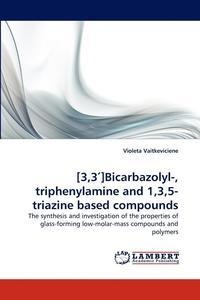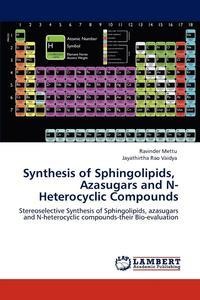
Liknande böcker
[3,3 ]Bicarbazolyl-, Triphenylamine and 1,3,5-Triazine Based Compounds : The synthesis and investigation of the properties of glass-forming low-molar-mass compounds and polymers
Bok av Violeta Vaitkeviciene
Optoelectronic devices fabricated from organic low-molar-mass and polymeric materials are gaining recognition and attention of the electro-optical industrial community. The most widely used building blocks of hole-transporting polymers and molecular glasses are aromatic amino groups and carbazolyl group in particular. Carbazolyl fragment is interesting as a building block in the design and synthesis of electroactive materials for the following reasons: (1) carbazole is rather cheap starting material; (2) it is a fully aromatic unit providing a good chemical, electrochemical and environmental stability; (3) it can be easily substituted with a wide variety of functional groups to help the solubility and to tune the optical and electrical properties. [3,3]Bicarbazolyl unit is much less studied and used in the design and synthesis of organic semiconductors and other electroactive materials. New macromolecular and low-molar-mass charge-transporting compounds containing [3,3]bicarbazolyl and aromatic amino moieties with different arylamino groups as substituents have been synthesized. The thermal, optical and photoelectrical properties of the obtained materials have been studied.
Visa pris inkl. frakt Inkl. frakt
[3,3 ]Bicarbazolyl-, Triphenylamine and 1,3,5-Triazine Based Compounds
487 kr
Finns i lager
[3,3 ]Bicarbazolyl-, Triphenylamine and 1,3,5-Triazine Based Compounds
588 kr
Finns i lager







